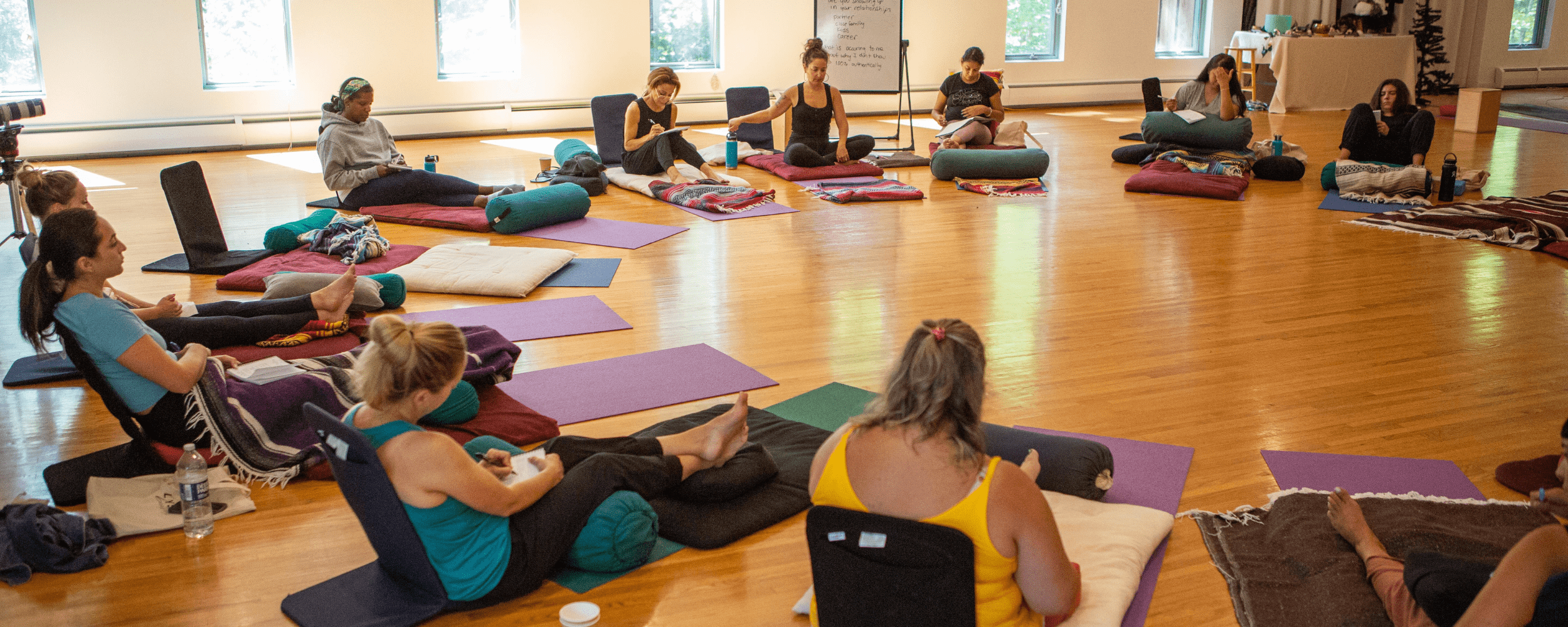By Alyse Bacine
Last updated March 2025
From Roots to Release: The Intuitive Healer's Complete Approach
What is an intuitive healer? An intuitive healer is a practitioner who combines clinical expertise with heightened perceptive abilities to identify and address the root causes of physical, emotional, and energetic imbalances. They work beyond symptom management to transform foundational patterns, targeting specific traumas and energy blockages to create permanent resolution rather than temporary relief.
When traditional approaches fail to resolve persistent patterns of suffering, a different path becomes necessary—one that addresses root causes rather than merely managing symptoms. This approach creates lasting change by focusing on complete resolution rather than temporary fixes.
Introduction to Intuitive Healing
Genuine transformation happens when we address original wounds rather than their manifestations. Unlike conventional methods that often focus on suppressing symptoms, this approach aims to clear the foundational patterns that generate recurring challenges.
The benefits extend far beyond temporary relief. Practitioners who work with energetic healing bring unique skills—clinical understanding and subtle awareness—allowing them to trace visible symptoms to their often-invisible sources. This precision enables targeted intervention rather than generalized treatment, creating permanent resolution where other methods might only offer management.
The most effective practitioners understand that surface problems often reflect deeper imbalances that need precise attention to fully resolve.
The Core Principles of Intuitive Healing
What does it mean to be a spiritually sensitive person? At their core, these specialists understand that unresolved traumas create distinctive energetic patterns that manifest in our bodies, emotions, and belief systems. These patterns frequently trace back to four fundamental early experiences: birth trauma, the mother's wound, the father's wound, and sibling dynamics.
Their ability to perceive subtle energetic imprints comes from attuning to information beyond ordinary awareness. This heightened perception allows them to pinpoint precisely where energy has become stagnant or disrupted—often in areas conventional approaches don't address.
This practice reveals how current challenges often mirror early childhood experiences that establish our lives' initial pathways. When these original imprints receive proper attention, the transformation extends beyond symptom relief to a fundamental rewiring of long-established patterns.
Healing Techniques and Modalities
Effective chakra healing methods combine methodical approaches with intuitive insight. Rather than offering coping mechanisms, these methods clear source patterns completely:
Comprehensive energy field assessment to identify specific disruptions
Targeted breathwork protocols designed to access and transform deep emotional patterns
Structured inner child processes that directly address core wounds
Precise trauma resolution techniques that target particular imprints
The distinction lies in the intent: intuitive practitioners aim to dissolve the original pattern entirely instead of making symptoms more manageable. This creates space for new possibilities rather than more effective coping with old limitations.
The work requires precision and compassion—seeing clearly where patterns originated while creating safety for transformation. This balance of clinical expertise with spiritual awareness allows for interventions that address both the physiological and energetic aspects of healing.
The Healing Session
During a session, the practitioner establishes a safe space for profound transformation. The process begins by identifying which core wounds are most active in creating current challenges.
These practitioners use refined awareness to trace presenting issues back to their source—often finding surprising connections between present struggles and early experiences. This precision allows for targeted work rather than general techniques.
A session might involve specific breathwork patterns to access stored trauma, guided inner child processes, or energy field clearing—all precisely calibrated to the individual's unique pattern structure. This personalization contrasts with the one-size-fits-all approaches common in other modalities.
This work is distinctive because it focuses on permanent clearing rather than temporary management. When original patterns dissolve, the changes extend across multiple areas of life because the source—not just the symptoms—has been addressed.
Developing Intuitive Healing Skills
Those looking to venture down an energy healing path should recognize that it requires extensive training and personal development. The most effective practitioners integrate:
Comprehensive understanding of trauma physiology and its manifestations
Finely-tuned energetic perception developed through consistent practice
Substantial personal healing work to clear their patterns
Clear ethical boundaries and professional standards
Becoming skilled in this field involves more than accumulating techniques—it requires developing the capacity to perceive subtle energetic patterns accurately. This perception emerges from committed personal practice and the willingness to address one's core wounds first.
The most compelling insight is that practitioners maintain a lifelong commitment to their healing process, recognizing that their perceptive abilities depend on their energetic clarity. This ongoing self-work distinguishes genuine perceptive therapists from those who merely apply techniques.
Case Studies and Findings
Research increasingly supports approaches that address health's energetic and emotional components. Studies examining holistic healing benefits show that addressing underlying patterns can improve stress markers, immune function, and nervous system regulation.
A systematic review by Hammerschlag and colleagues analyzed 66 clinical studies on biofield therapies and found significant evidence for reducing pain intensity and improving quality of life in various populations.¹ These findings suggest that these approaches may offer substantial benefits beyond the subjective experience of feeling better.
Clinical observations consistently demonstrate that when core wounds are adequately addressed, seemingly unrelated symptoms often resolve simultaneously, suggesting a typical source pattern has been cleared rather than multiple issues being treated separately.
These findings align with emerging understandings in psychoneuroimmunology, which increasingly recognize the interconnections between emotional patterns, nervous system function, and physical health outcomes. Research by Black and Slavich has shown that early life trauma can create lasting imprints on immune function that persist into adulthood but may be modifiable through targeted interventions.²
Challenges and Criticisms
The field faces legitimate challenges, including standardizing training and establishing clear boundaries with licensed healthcare providers. Critics often question what a spiritual practitioner is in the context of serious healthcare discussions.
These concerns merit attention. Responsible practitioners maintain clear scope-of-practice boundaries and integrate their work appropriately with other modalities rather than positioning it as a replacement for necessary conventional care.
The field continues to evolve, with increasing emphasis on research, ethical guidelines, and professional standards to address these valid concerns while preserving this approach's unique value. The growing body of research on biofield therapies and mind-body medicine helps bridge the gap between intuitive practices and conventional healthcare.
Finding practitioners with both training and personal clarity presents another challenge. Many in this field have technical skills but haven't addressed their patterns, limiting their perceptive accuracy.
Conclusion
The most valuable insight that intuitive healing offers may be the recognition that our present challenges often reflect early imprints that can be cleared entirely rather than merely managed. This perspective shifts the entire approach from coping to resolution, management to transformation.
Understanding how a holistic practitioner's training will address the root causes of persistent patterns is crucial for those seeking a permanent resolution rather than ongoing management. By targeting the source rather than the symptoms, this approach offers the possibility of complete clearing where other methods might only provide temporary relief.
Research continues to elucidate the mechanisms behind these approaches. Intuitive healing is part of a comprehensive approach to health and well-being that honors scientific understanding and the subtle dimensions of human experience.
Integrating clinical precision with subtle awareness creates a robust methodology for addressing patterns at their core rather than merely managing their expression. When practitioners combine these skills effectively, transformation becomes possible, whereas adaptation was once the only option.
Frequently Asked Questions
Q: How does intuitive healing differ from traditional therapy?
Intuitive healing addresses the energetic roots of issues rather than just managing symptoms. While traditional therapy often focuses on cognitive behavioral change, intuitive healing combines energetic perception with trauma resolution techniques to identify and clear foundational patterns, ultimately creating transformation across multiple areas of life simultaneously.
Q: What should I expect during my first intuitive healing session?
Your first session typically involves an initial assessment, during which the practitioner identifies active core wounds and energy blockages. You may experience breathwork, guided inner child processes, or energy clearing techniques calibrating to your unique patterns. Sessions are personalized rather than following a one-size-fits-all approach.
Q: Do I need special abilities to become an intuitive healer?
While natural sensitivity helps, becoming an intuitive healer primarily requires dedicated training, personal healing work, and practice developing energetic perception. The essential qualities are commitment to your healing journey, ethical boundaries, and willingness to refine your perceptive abilities through consistent practice.
Q: Can intuitive healing work alongside conventional medical treatment?
Responsible intuitive healing practitioners work as complementary support to conventional medicine, not as a replacement. They maintain clear scope-of-practice boundaries and can address health's emotional and energetic components. At the same time, you continue necessary medical treatment, creating a more comprehensive approach to well-being.
Q: How do I find a qualified intuitive healer?
Look for practitioners with formal training, substantial personal healing work, clear ethical boundaries, and specific expertise in your area of concern. Request a brief consultation to assess their approach and ensure they maintain professional standards. Quality practitioners should be transparent about their methods and limitations.
References
¹ Hammerschlag R, Marx BL, Aickin M. Nontouch biofield therapy: a systematic review of human randomized controlled trials reporting use of only nonphysical contact treatment. J Altern Complement Med. 2014;20(12):881-892. doi:10.1089/acm.2014.0017
² Black DS, Slavich GM. Mindfulness meditation and the immune system: a systematic review of randomized controlled trials. Ann N Y Acad Sci. 2016;1373(1):13-24. doi:10.1111/nyas.12998
Alyse Bacine— Transformational Trauma Expert & Breathwork Practitioner
Alyse Bacine, founder of Alyse Breathes and creator of The Metamorphosis Method™, has over 24 years of breathwork experience and an extensive mental health background. She’s pioneered a methodology that uniquely bridges the gap between traditional therapy and somatic healing.
The Metamorphosis Method™ is the first comprehensive approach that combines clinical mental health expertise with advanced breathwork and energy healing. This powerful integration helps women like you break free from limiting patterns and step into your true purpose, creating lasting transformation where other approaches fail.


